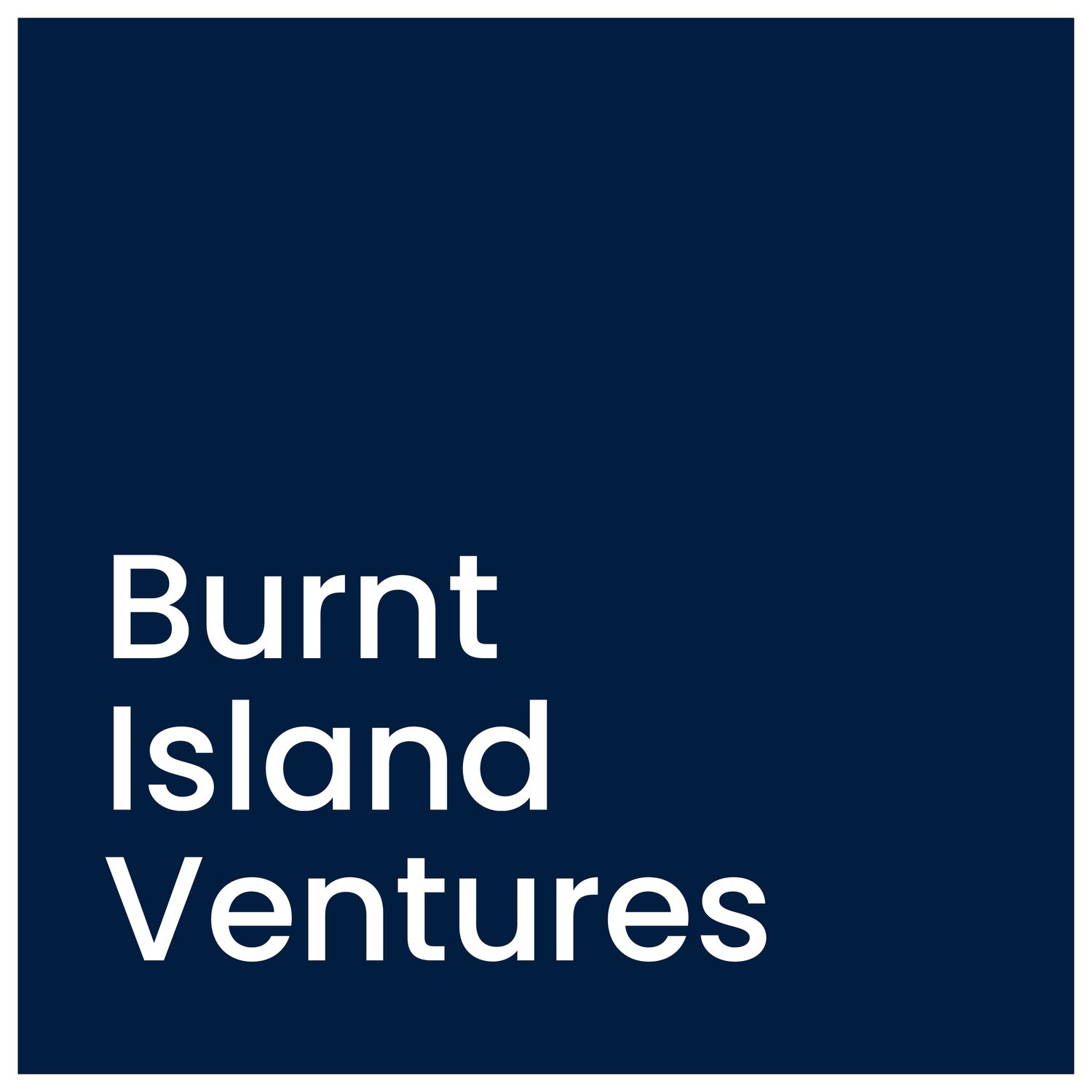The Folly of Prediction, Things That Don’t Change, and a Few Predictions from Us Anyway
People, VCs especially, like to issue predictions at this time of year. Fun, sure, but unlikely to be of much use, given that the highest impact surprises are by their nature, well, surprising. Things that really move the needle tend to come out of nowhere. We think it’s of much more use for founders to focus on the Things That Don’t Change. The timeless, always-true-regardless-of-what-is-happening-to-rate-cuts drivers of value that when harnessed put their companies on truly solid ground.
There are many great sources for you to spend more time with The Things (my favourite, from Morgan Housel), but these were the ones around company-building that we were reminded of in 2024:
Founder/Market fit is and remains wildly important, and still underemphasised in early stage investing. But sometimes it’s founder/market cultural fit that matters. There are intangibles in a market that some founders just get, almost instinctually. A way of interacting, the language, the incentive structures, where to be and who to be with. When you can find it, especially with a market that has the potential to be (very) high velocity, the outcomes can be remarkable.
With thanks to Zero to One, it’s worth it to stay patient for companies and founders that fit at the intersection of “seems like a bad idea / is a good idea”.
It’s a great idea to avoid competition - that’s why weird-sounding ideas often turn out to be good ones. We keep an eye on the “Is it boring enough?” test - if a good team is operating in a seriously unsexy market they have an interesting moat, because most really smart people are attracted to the hottest ideas - so you don’t have to compete against them. Being unsexy and smart means it’s easier to compete.
We wish this wasn’t true, but there is no green (or blue) premium - no one is going to pay you at scale to be nice to the world. There is only faster, better, cheaper, and in water the margin cannot be close if your new thing is going to work. It has to be so much better that it’s a borderline fireable offense NOT to use it (or your spouse will be annoyed at you if they find out about it, and you don’t have it).
It’s better to have great unit economics at the start, than raise lots of money and hope you can create good unit economics later.
You have to test everything, all the time. Especially pricing.
Every product hits a point where distribution is more important than product, usually way earlier than founders think, and thinking about that in the design phase of the company is really helpful.
For your company to be strong, you have to take the right steps in sequence - and you cannot deviate from that sequence. You can do things in parallel, sure, but for the company to be strong you have to have that sequence complete, otherwise it’s built on sand. It’s (almost) never too late to correct, but if you find yourself covering steps late in the process that should have happened earlier, it’s at best frustrating, and at worst lethal to your company.
Nobody cares about your product - they only care about the value it delivers. You have by definition not delivered your product until that value proposition is experienced by the customer, and usually that means spending an inordinate amount of time with your early customers to make sure they have the socks knocked off by how much better their life is after they begin using your product. It also means it’s a good idea to work with very few customers early on, until you have this nailed. Startup Success Chances = Capacity / Number of Things Being Worked On. Minimising the denominator radically increases chances of success.
Never, ever state or celebrate headcount. Unless you’ve hit an insane revenue number with very few people. Even then, no headcount.
If you have to make cuts, make sure it’s beyond what you think is enough.
When it comes to people, once they’ve told you who they are, believe them. Early action to raise standards is rarely regretted, if ever. Paying someone to be a problem for the company in the hope that they stop at some stage is as silly as it sounds.
We hope that list is useful. And now, given that VCs love to be both hypocritical and make predictions, time for the inevitable list. Marissa will keep me honest in December about how we did. No revisionist history at BIV… See what you think:
VC flows to water will double to more than $2bn this year, because of an increased recognition of the interaction of water with, errrrr, everything. From data center proliferation, to fire suppression, to renationalisation of industry, to recycling & reuse, to infrastructural renewal, investors are starting to get water’s importance, and the trend will accelerate. More great companies are getting to the stage where they can and will raise large rounds. Investment numbers will rise accordingly.
Flows to Adaptation & Resilience investments will hold firm at an amazing 86% of climate financing by deal value (2024).
Insurers will get a real taste for just eradicating dangerous markets from their portfolios. The fire and flood impacts are just the start. I wrote this before these unholy fires in LA, and they unfortunately will supercharge this effect.
Water recycling and reuse will benefit from significant new incentives and rules in the US, even if only on a state basis (though we think the Office of Water will be unexpectedly effective).
There will be at least three $1bn+ PE water transactions.
Private credit is a time bomb that will likely blow up at around the same time that distributions come back around to LPs from VC/PE, maintaining the chill on the fundraising market. I really hope I’m wrong.
AI is going to seriously miss a beat (most likely Open AI’s ongoing issues), and there will be a broad correction across the AI-related members of the Magnificent Seven with stock prices off by at least 30%, and a wholesale reassessment of the economics of AI. Water will be entirely insulated from the effects.
Thanks as ever for reading, and best of luck for the year ahead. We’re here if we can help.

